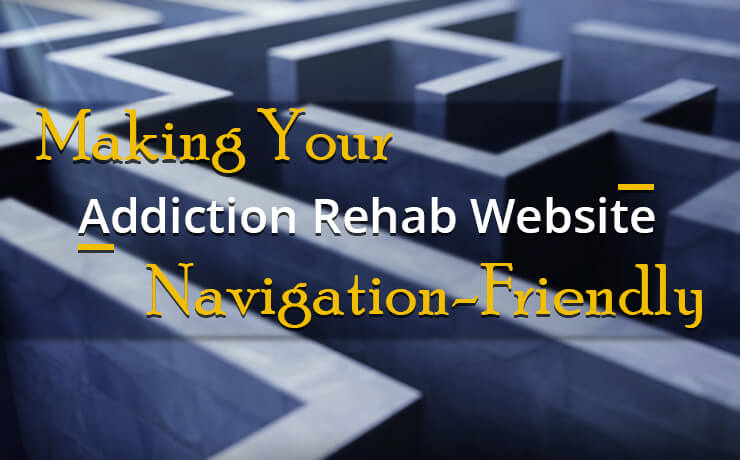Reducing Bounce Rates With The Right Behavioral Website Design

SmartSites

Sorry to say this but humans (me included) have very short attention spans! The amount of time we pay attention to something is eight seconds on average. Right before something new pops up to distract us. That is why the implications for online marketing are huge. In today’s highly competitive and noisy online space, you have to successfully grab a visitor’s attention the moment they land on your web page. Otherwise, you risk losing them forever. In this post, you will learn more about the power of behavioral website design.
Understanding Bounce Rates
Bounce rate is metric used to measure how users engage with a website. The metric indicates how many visitors navigate away from your website after viewing just one page – often in the form of percentages. Try putting yourself in the shoes of a web user. Chances are you had the experience of visiting a website and immediately clicked on the back button. You may think that exiting the page an unconscious decision. However, certain unappealing elements on the website were the actual causes.
With the basis of behavioral design in mind, you should know that if certain web page elements can drive users away, then there must certainly be other web design elements that can make them stay.
A Potential Solution: Behavioral Website Design
Just like how technology influences behavior, one can also use design to change behavior. Your design should:
- Lead to a specific outcome (user takes a desired behavior)
- Make it easy for users to achieve that outcome (a no-brainer process)
- Strategically placing triggers to prompt the behavior
The first step is always the easiest. The goal you have in mind is to get your website visitors to click another link, which leads them to a certain product or landing page. The real challenge comes when you have to fulfill the other two obligations by creating an environment that prompts them to perform the desired action.
How to Apply Behavioral Website Design
- Cognitive Load Reduction
The mental effort required to process information and complete a task is referred to as cognitive load. If your visitors have to dedicate a large amount of mental resources to understand and process information on your website, they are going to leave. Since the GDPR implementation in May, many websites have been bombarding visitors with pop-ups, informing them about the changes, as soon as they land on the page.
If your visitor has choices to make and certain tasks to perform, it is your duty to tell them what they should do first. Don’t leave them guessing. Do you need them to accept new privacy policies? Or do you want them to subscribe to your newsletter? Arrange these tasks in a proper sequence and make sure they are easy to get through. This way, your visitors won’t be clicking their way to the exit.
- Strengthen Brand Identity
Next, many people do care about the visual design of a site. They may determine a site’s credibility just by its appearance. Design comprises of the color schemes, typography, the layout, and the overall appeal of the visual design. So, how do you get them to stick around till the show’s over? You need a visually-appealing and uniform branding concept. It should immediately catch the attention of a site visitor. Do not only do this for your web pages. You should have uniform branding across your entire web presence, i.e. landing pages, social media sites, and more. Pro tip: Avoid using low-contrast designs and small font sizes. Website visitors hate these things when it comes to reading content online.









